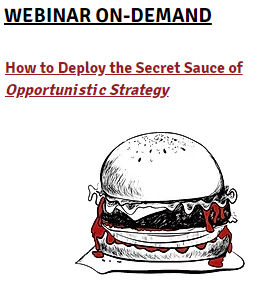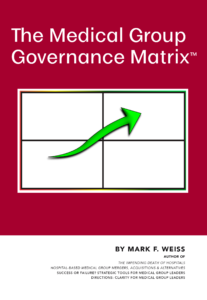A magic show is about misdirection: that which is seen and that which isn’t seen. Just like the title of the essay by Frédéric Bastiat, the early 19th Century French political economist, but in a slightly different direction.
Bastiat’s point was that governments legislate to correct a problem (and then bask in the glory of having taken action) but never truly consider what problems they create when they enact the legislation to correct the problem. In other words, they act based on what is seen (the initial “problem” and the easily seen “solution”) but do not pause to consider the potential damage that their action will later cause.
For example, in the United States we had the Great Society movement — Lyndon B. Johnson — supposedly to help the poor. One of the prime programs was public housing, which, in actuality, deserves significant blame for having created an almost permanent underclass which is dependent upon public housing and other government programs.
The Great Society programs and the slice of help that they provided to then current beneficiaries was “that which is seen.” Unfortunately, the negative impacts, the “that which isn’t seen,” were never taken into account and never even considered.
It part, we can blame this on the short lifespan of term of office. “I’ll be out of office and retired in the Bahamas before the shit hits the fan.” In part we can blame this on the immunity from liability for negligence that we’ve given politicians and bureaucrats: I’ve heard, but can’t find any proof, that the Romans made bridge builders live under their bridges for a period of time, the ultimate test of quality planning and construction. We don’t impose any risk at all on politicians who impose harebrained schemes on us.
But, in large part, the problem is one of thinking, and it pervades industry and child rearing (“Okay, little Johnny, you can have another ice cream cone, just be in bed by 7:30 . . .”) and decision making of all sorts, including that within medical groups.
There are many methods by which a medical group can make decisions. Some are clearly ill advised and others far more likely to generate good results, or, at a minimum, results that can quickly be corrected.
But any decision making method must be governed by a decision making process: what is considered in making the decision?
To drive the maximum chance of success, both in terms of advancement and in terms of managing against risk, the process must incorporate not only a view to what will be achieved by the decision, but also a view as to what deleterious impact the decision itself might bring, perhaps not immediately, but bring just the same. Think plus and minus. Think positive and negative. Think that which is seen and that which isn’t seen.




